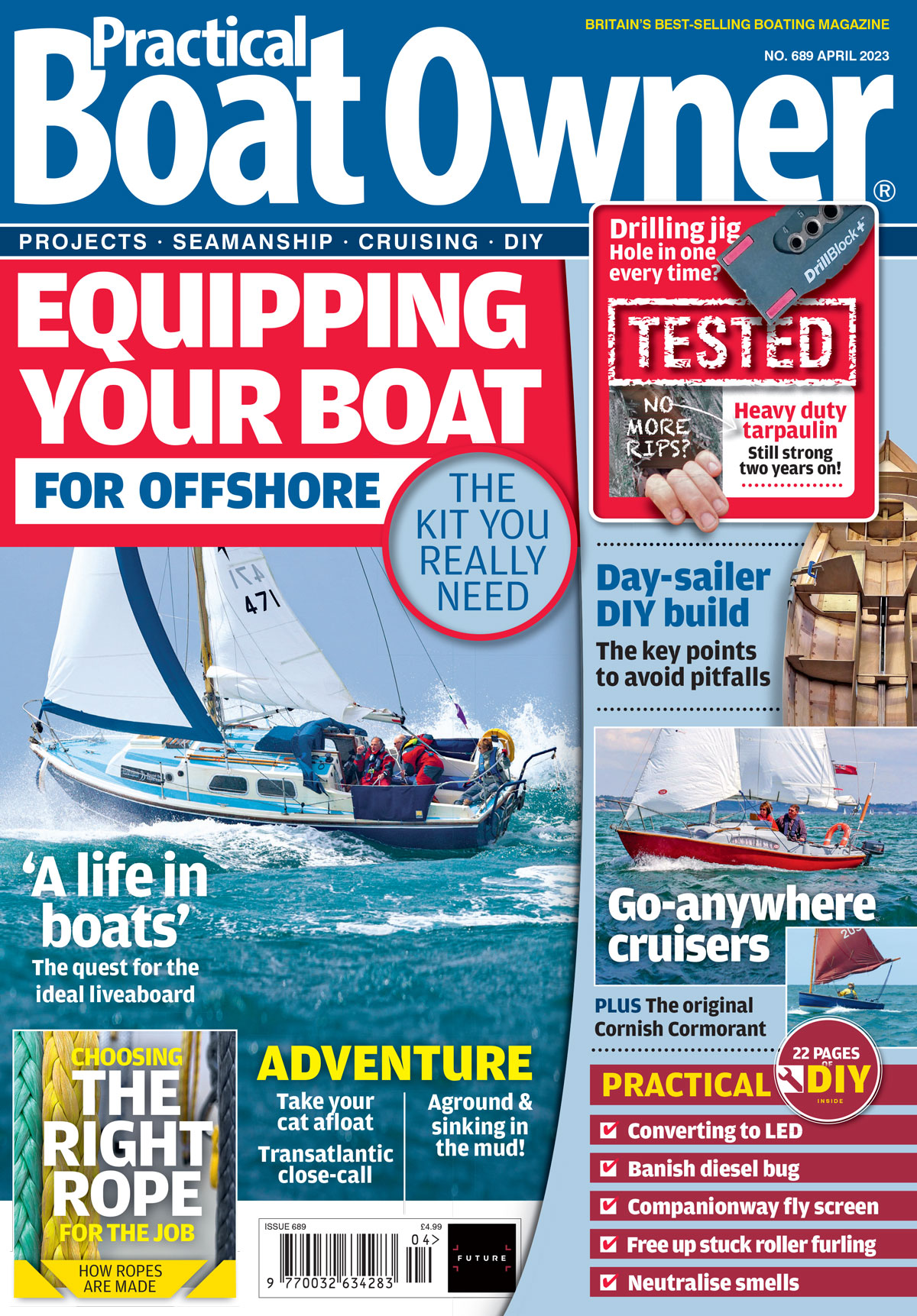PBO reader Paul Farr wants help in understanding his marine alternator. Engine whisperer Stu Davies comes to his aid
Paul Farr writes: “I have a question due to my limited knowledge of electrics. My boat has a Yanmar 2GM20 engine with the marine alternator charging two batteries. The faster the alternator revolves more power is generated which then charges the batteries.
“How is the ratio of the driving pulley to alternator pulley determined ?
“At tickover the alternator is not generating a large amount of power so why don’t manufacturers ‘gear-up’ the alternator to increase the rpm and thereby increase the charging rate. Obviously at max revs the increased charge rate would then be even greater. Please explain.”
Continues below…
How to: troubleshoot your diesel engine electrics
Even when you’ve done all your normal pre-departure checks, sometimes the engine still just won’t start. If you have ever…
How to service your marine diesel engine
The unique challenges of the marine environment mean regular engine servicing is essential for any boat owner. Winter is the…
How to service a marine diesel engine in 12 simple steps
It was time to service the marine diesel engine on our Maxi 84 cruiser. Knowing how to diagnose and fix…
Dispose or polish? What to do with old diesel – Ask the experts
PBO reader Martyn Crossland asks: “I have a 1989 Beneteau Oceanis 320 that I bought in Greece in 2009. I…
PBO engine expert Stu Davies comments: “OK, a bit of history first: batteries used to be charged by dynamos. Compared with alternators they were very inefficient requiring quite a high speed among other things to make them put out enough charge.
“Alternators on the other hand can put out a good charge on tick-over and are relatively easy to regulate. Some small engines can actually be overcome by the power requirements of the alternator on start up and can fail to start because of this – so they sometimes use the oil pressure switch to ‘switch on’ the alternator’s excitation circuit.

Paul Farr’s Yanmar 2GM20 engine
“When this happens the engine starts, builds up speed and oil pressure builds enough to trigger the excitation circuit of the alternator so it can then start producing electricity.
“The engine generally ticks over at around 850rpm and the alternator usually runs at around 2,000rpm, so the ratio of the alternator puller is just over 2:1.
“The ratio is fixed by the pulleys and tends to be a constant throughout all engines. The alternator can produce a good charge at those revolutions. The output of the alternator is not governed by the speed of it as much as a dynamo used to be.
“Instead the output (voltage) is governed by the voltage regulator. As the battery becomes charged the regulator senses this and regulates the output.
“A little known fact about our diesel engines is that the throttle sets the speed but the governor in the injection pump sets the power output.
“If the throttle is set to, say, 1,500rpm and a big electrical load comes on the engine through the alternator by us switching on a lot of electrical things, the governor in the injection pump responds by injecting more fuel to produce more power to keep the revolutions constant at 1,500rpm.”
Enjoyed reading I need help understanding my marine alternator! Ask the experts?
A subscription to Practical Boat Owner magazine costs around 40% less than the cover price.
Print and digital editions are available through Magazines Direct – where you can also find the latest deals.
PBO is packed with information to help you get the most from boat ownership – whether sail or power.
-
-
-
- Take your DIY skills to the next level with trusted advice on boat maintenance and repairs
- Impartial in-depth gear reviews
- Practical cruising tips for making the most of your time afloat
-
-








